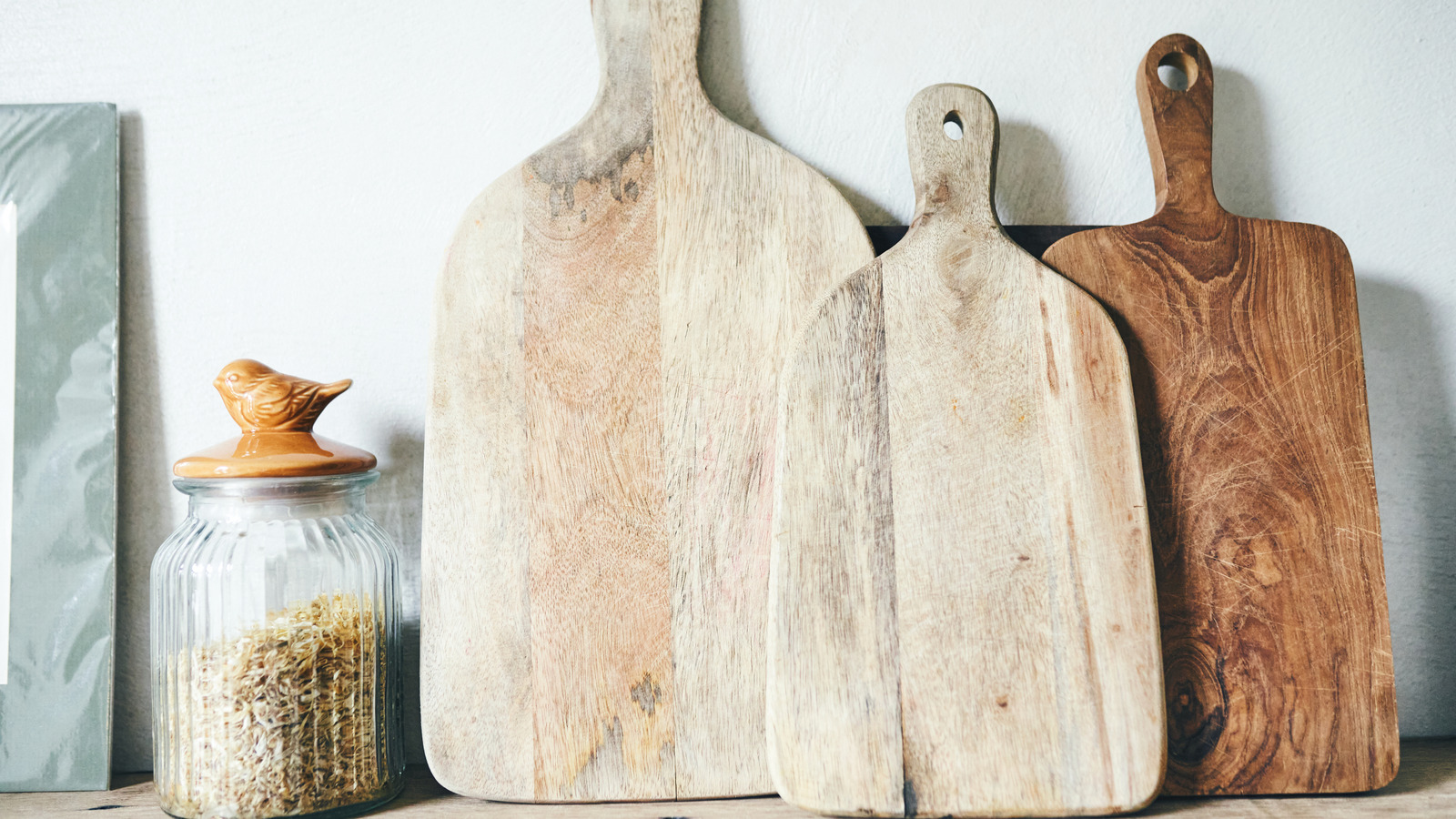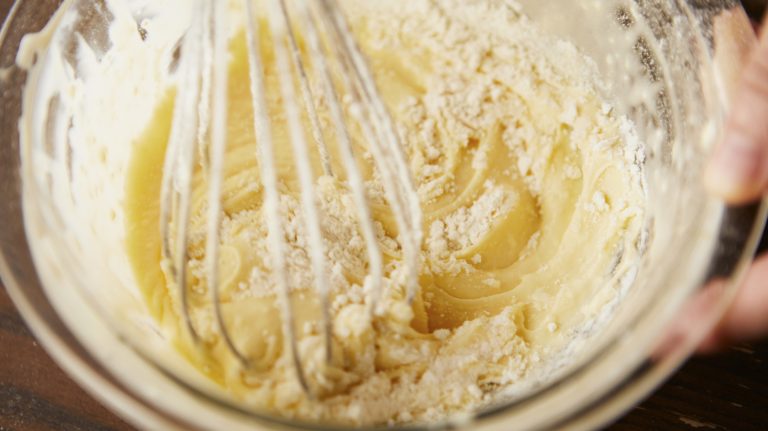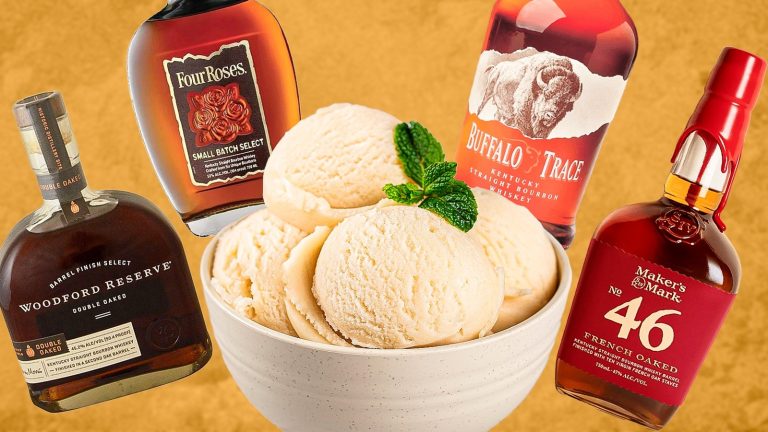We may receive a commission on purchases made from links.
One of our favorite kitchen design trends to follow this year is incorporating vintage items from decor to dishware and beyond. These eclectic accents enrich your kitchen with artful layers and textures, and a cozier feel overall. With a few guidelines, you can easily mix modern and vintage kitchen items to nail the look. Just remember that it’s crucial to properly care for vintage kitchen finds, especially if you’re actually going to use them in contact with food. In particular, vintage cutting boards might raise the question of what exactly you should do immediately after buying one — considering their wooden construction, how can you make sure they’re safe to use?
The first thing to do is clean them. Lemon juice is an effective hack for cleaning cutting boards in general, and you’ll use that for a deeper clean with vintage ones. First, sprinkle your vintage cutting board with coarse salt. Then, scrub the salted board well with a lemon half. The lemon juice left behind and the salt will create a paste of sorts, and you can let this sit for around five minutes to work its magic. The lemon juice acts as a natural cleaner with its acidity that can lift stains out of the wood and break down any buildup while also canceling out any lingering odors. The salt is abrasive, which boosts the lemon juice’s stain-busting powers. To rinse the paste, use a cloth and warm water, then blot with a dry cloth.
How to use vintage cutting boards
Once your vintage cutting board is totally clean and dry, season it for future use. Seasoning helps keep the board clean by hindering the growth of bacteria. It also helps protect it against general wear and tear, and gives your food a little added flavor as you prepare it on the board. The way to properly season a wooden cutting board is to slather it with mineral oil, olive oil, or coconut oil; rub it in a circular motion, let it dry, then repeat on the other side. Ideally, you’ll do this once a month or every few months, but it’s absolutely a must when you first bring your vintage cutting board home.
When properly cleaned, you can use your vintage cutting board for, well, cutting. It also makes a gorgeous display for serving food — but you should choose whether this board will be for cutting or serving and stick to that purpose forever. Mixing the two can carry bacteria from food you’re slicing over to the food you’re serving. You can also use pretty finishing touches that happen to create a bacteria-safe barrier, too, like these Tim&Lin paper lace doilies. Antique cutting boards deserve to be shown off — luckily, these are a kitchen tool that doubles as decor. Use them to create tableaus on your counter by leaning them against the wall grouped with touches like succulents, candles, and decorative plates.






